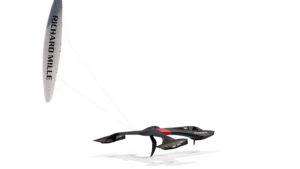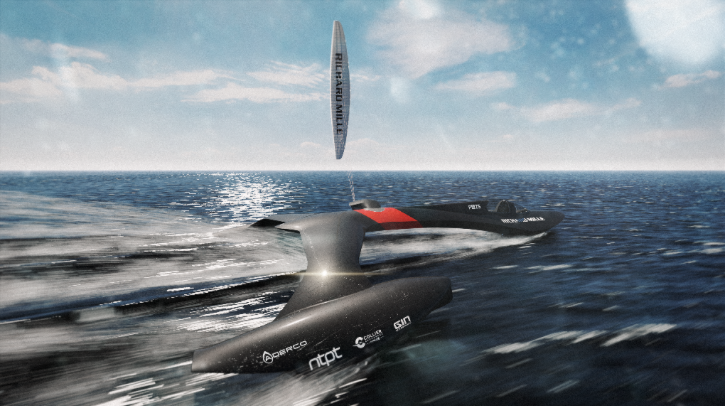Neural Concept’s 3D AI platform – now featuring Nvidia Omniverse Blueprint – has been used to design a new hydrofoil for the SP80 sailboat. The Nvidia Omniverse Blueprint creates real-time computer-aided engineering digital twins to assist in product creation.
Updated hydrofoil design
SP80 is a team of engineers and students on a mission to build a racing sailboat that is more than 20% faster than the current sailboat world speed record of 65.45kts (121km/hour), set by Paul Larsen’s Vestas Sailrocket II in 2012. Larsen’s record has remained unbeaten due to an intractable hydrodynamics phenomenon called ‘cavitation’. Cavitation occurs at speeds of over 50kts, when the water around a conventional sailboat’s hydrofoil turns from a liquid state to vapor, creating instability that prevents further acceleration.
Neural Concept’s AI-driven intelligent engineering platform – as used by SP80 – enables real-time CAE digital-twin simulations thanks to GPU acceleration with CUDA-X libraries, and the integration of Nvidia Omniverse APIs. According to the companies, this helps to achieve improved performance and faster iteration cycles through enhanced decision-making efficiency – all within a unified, real-time virtual environment.
Increased stability
Using the Neural Concept platform to perform 30,000 CFD simulations in under two hours and the platform’s integrated CAE tools, the SP80 team designed a new hydrofoil that leverages ‘ventilation’. Instead of a conventional ‘teardrop’ hydrofoil design, the SP80 hydrofoil is wedge-shaped. This new design creates an air bubble around the low-pressure side of the hydrofoil, delivering a 50% increase in performance.
SP80’s updated hydrofoil design reportedly prevents instability from cavitation, enabling a sailboat to exceed the current speed record. Later in 2025, the SP80 team will attempt to break the sailboat world speed record in a sailboat featuring the new hydrofoil that is expected to reach speeds in excess of 80kts (150km/h).
Pierre Baqué, CEO and co-founder of Neural Concept, said, “CES is the world’s premier event to see the latest in product innovation. But in this age of accelerated AI, product development must keep up with the pace of change if it is to help solve intractable engineering problems and global challenges. Neural Concept’s end-to-end 3D AI platform – now integrated with the Nvidia Omniverse Blueprint for real-time computer-aided engineering digital twins – is reshaping product innovation, using the power of 3D generative AI and scalable computing to bring more sustainable, streamlined and safer products to market at record speed. SP80’s mission to challenge long-standing engineering limits and push innovation to its racing edge is truly inspiring – a symbol of what’s possible for forward-thinking OEMs who put ‘engineering intelligence’ at their core.”
In related news, in partnership with KTH Royal Institute of Technology, Candela recently completed a study comparing the wake height of the Candela P-12 electric hydrofoil ferry with a regular, similar-sized diesel ferry. Click here to read the full story.



